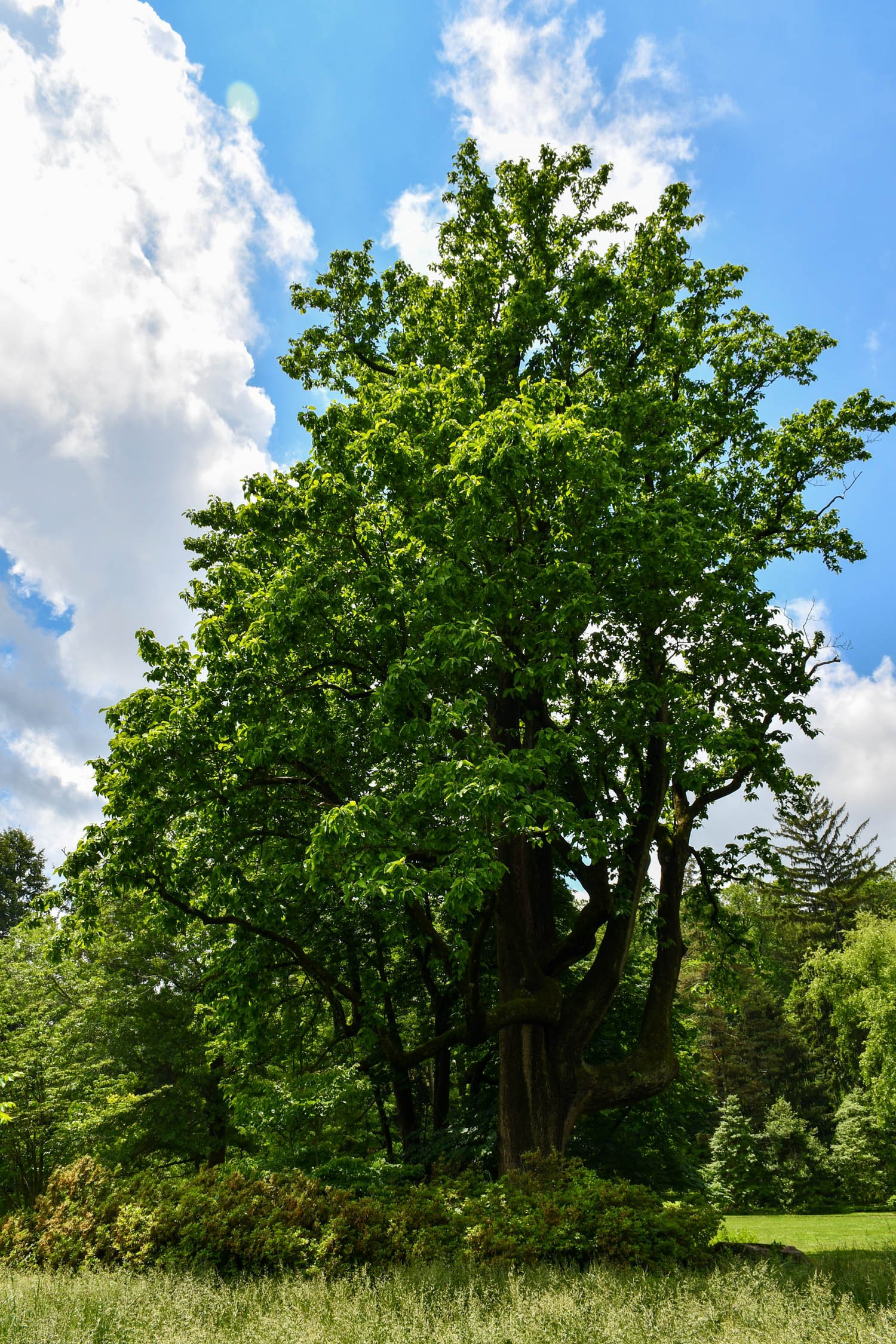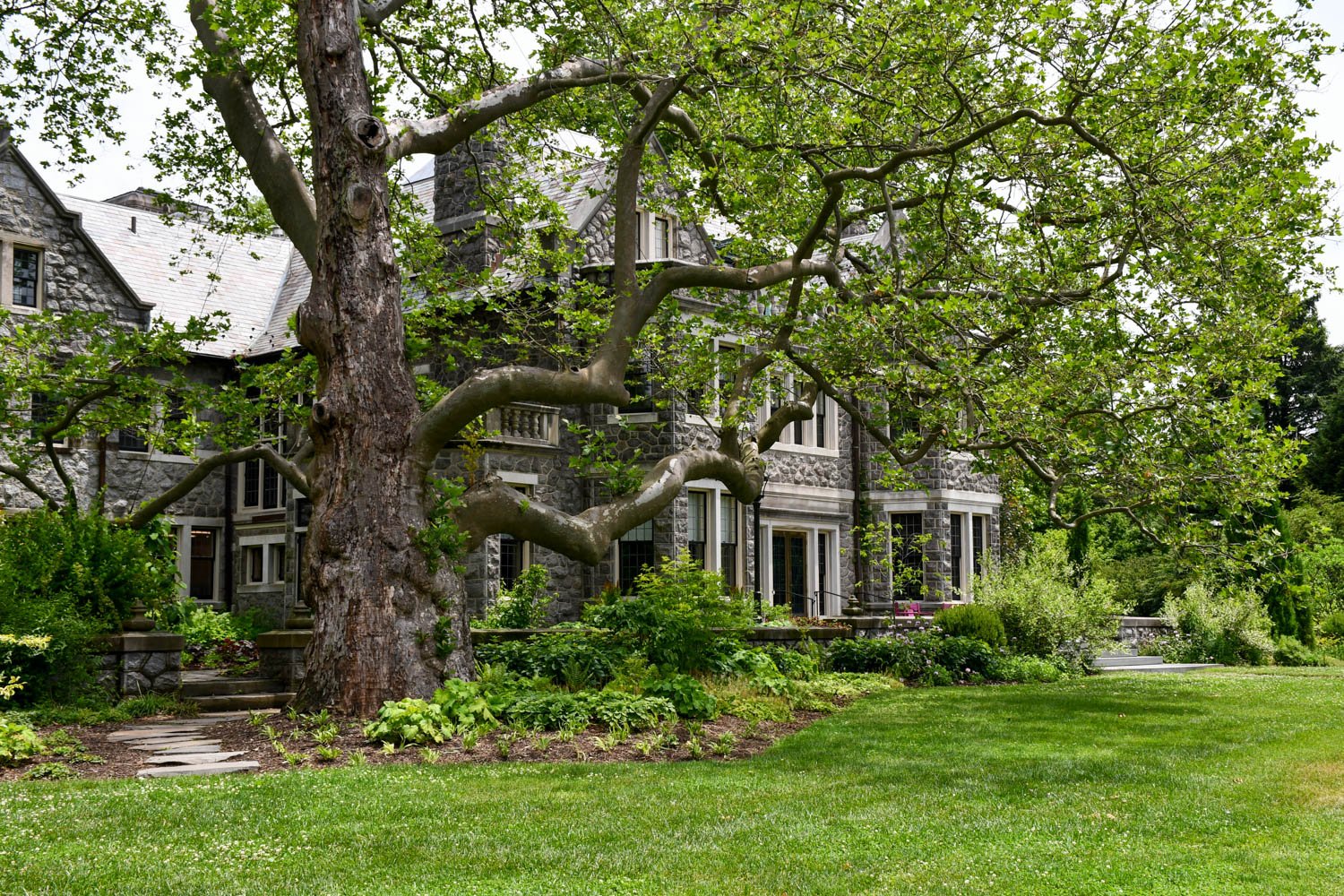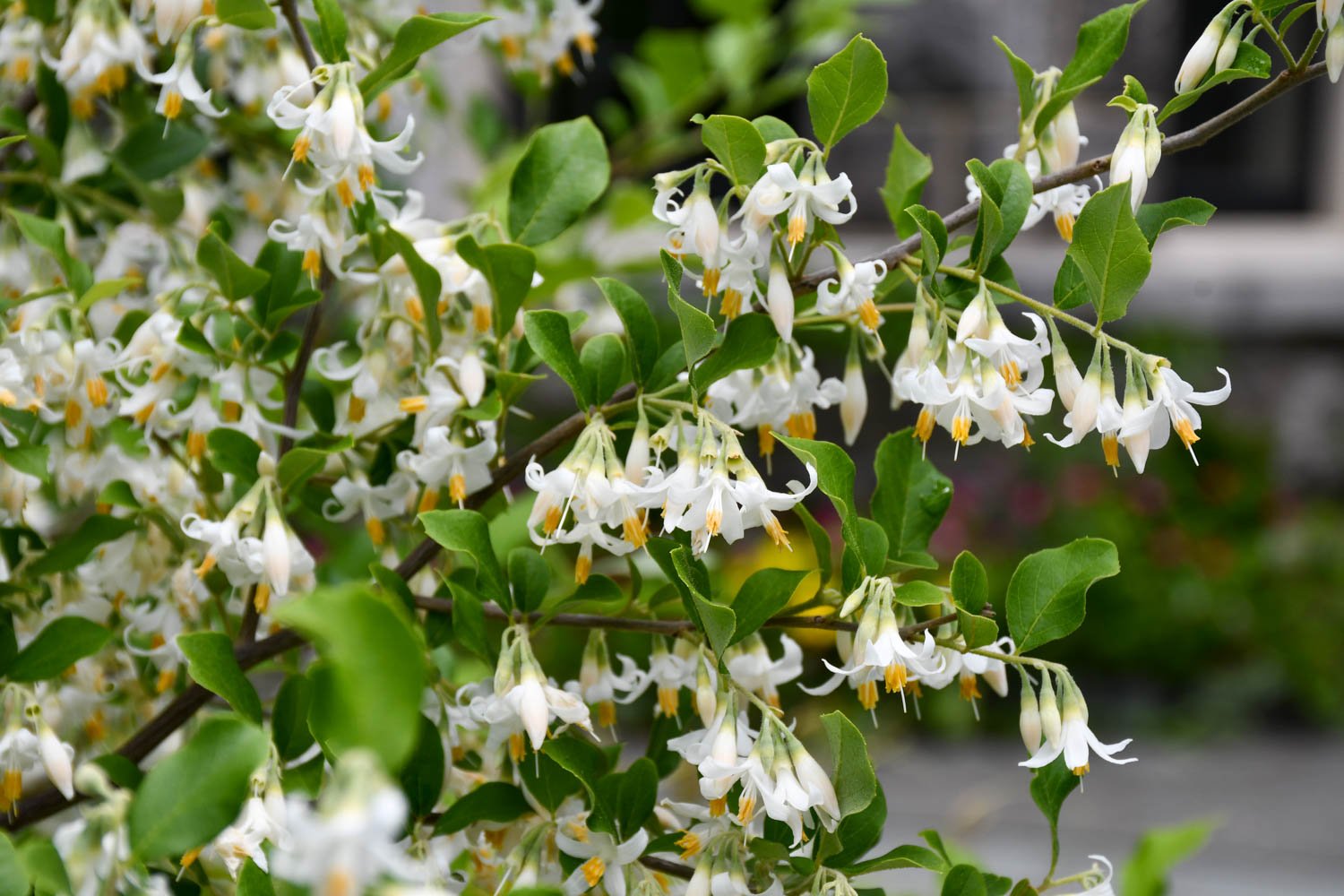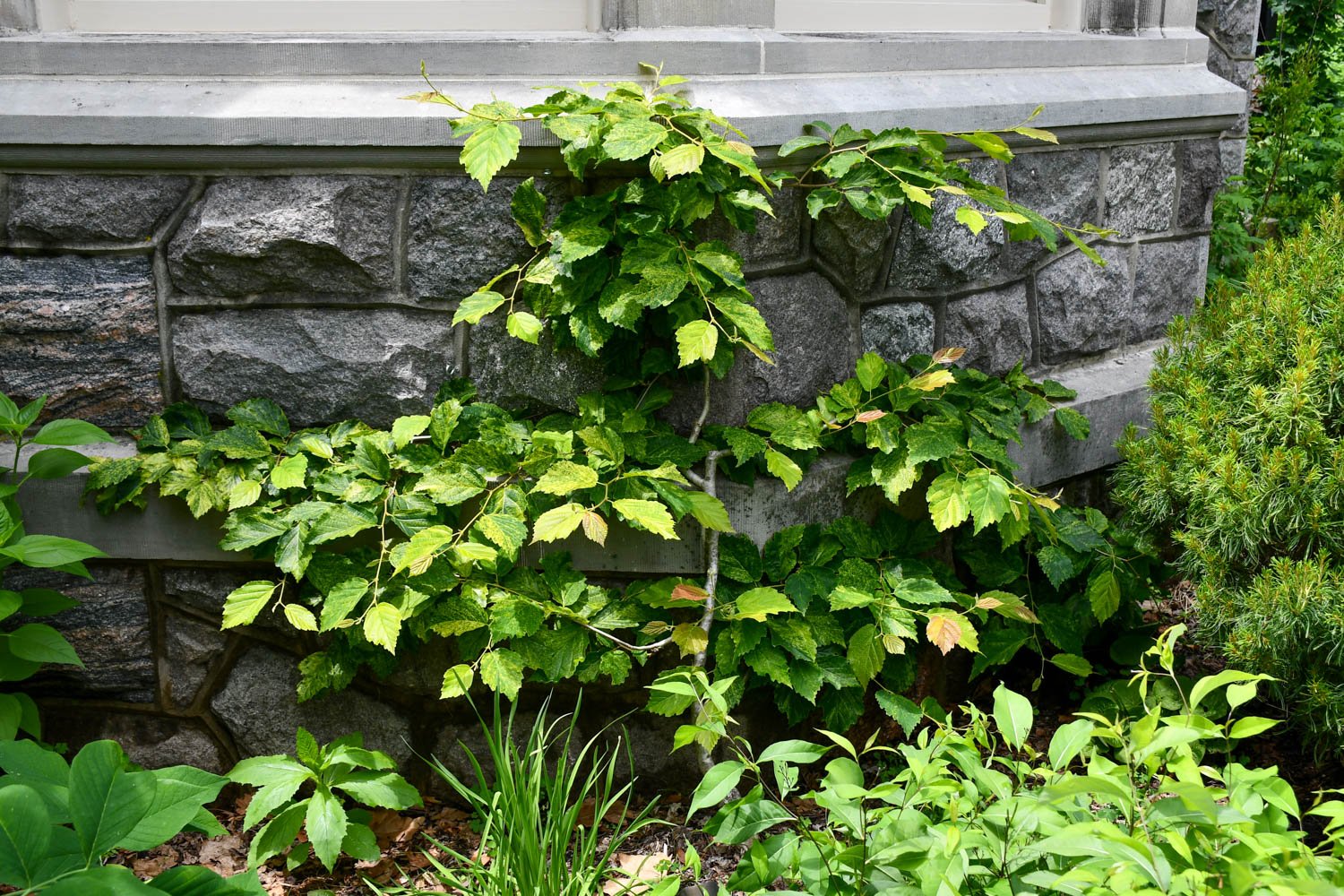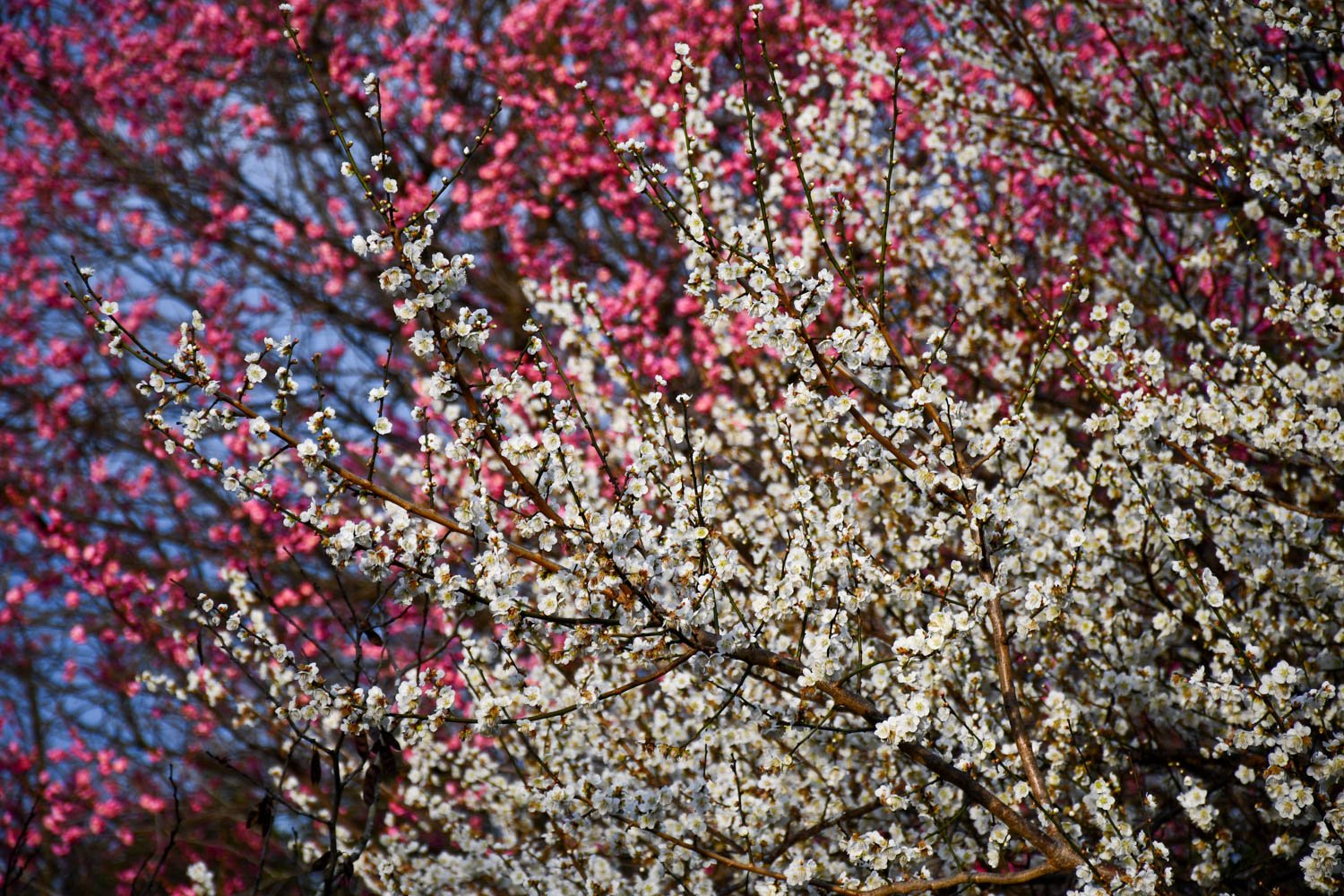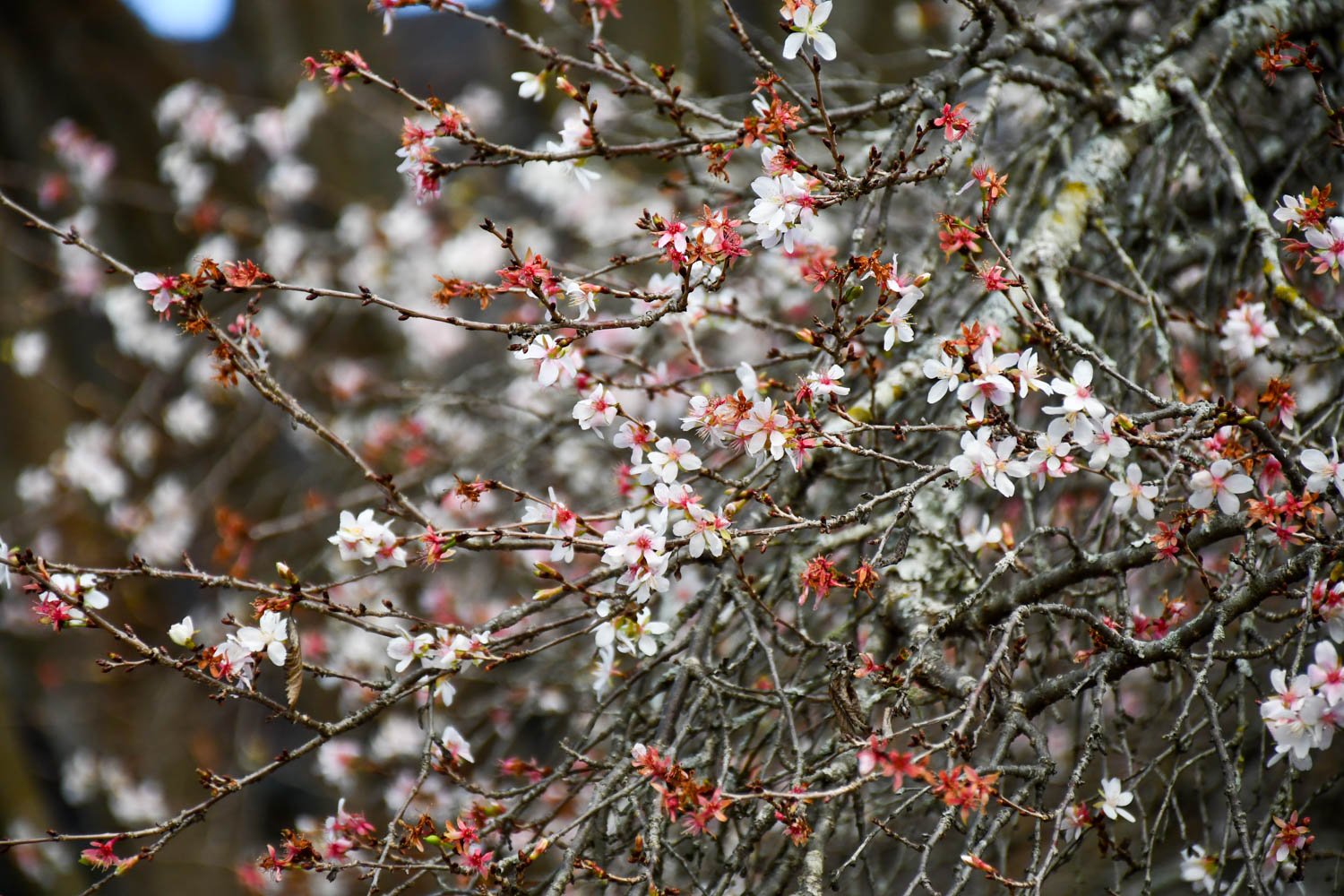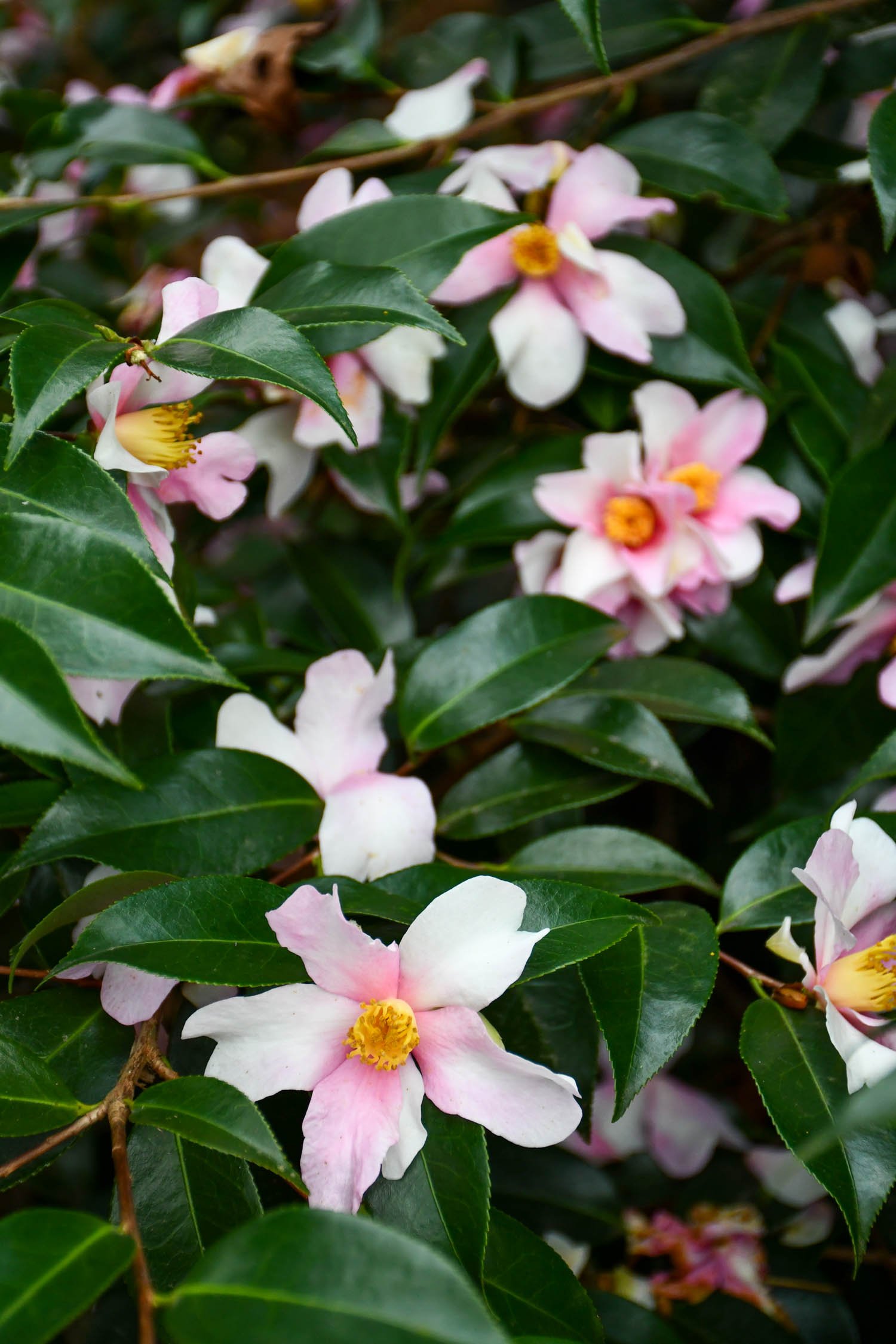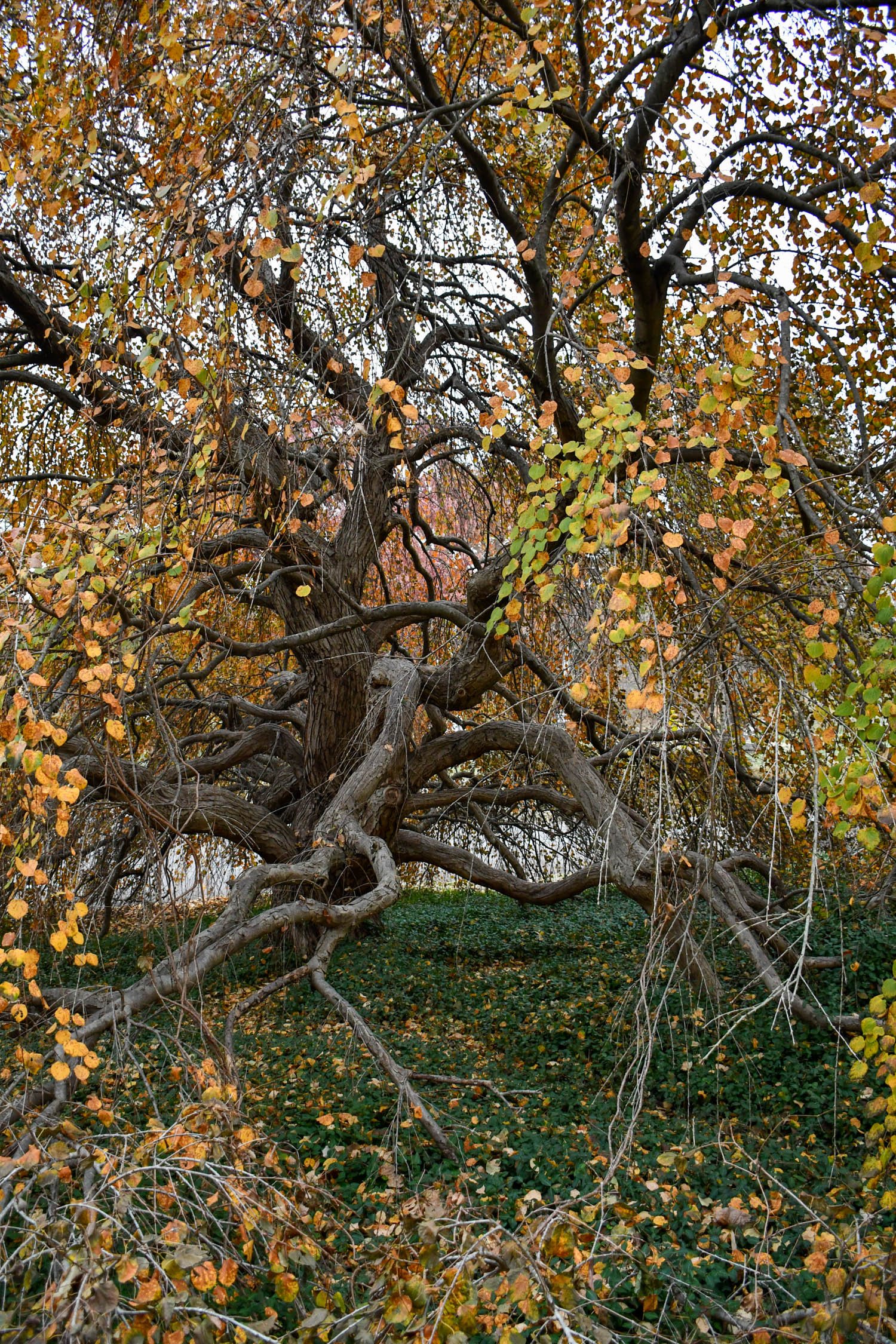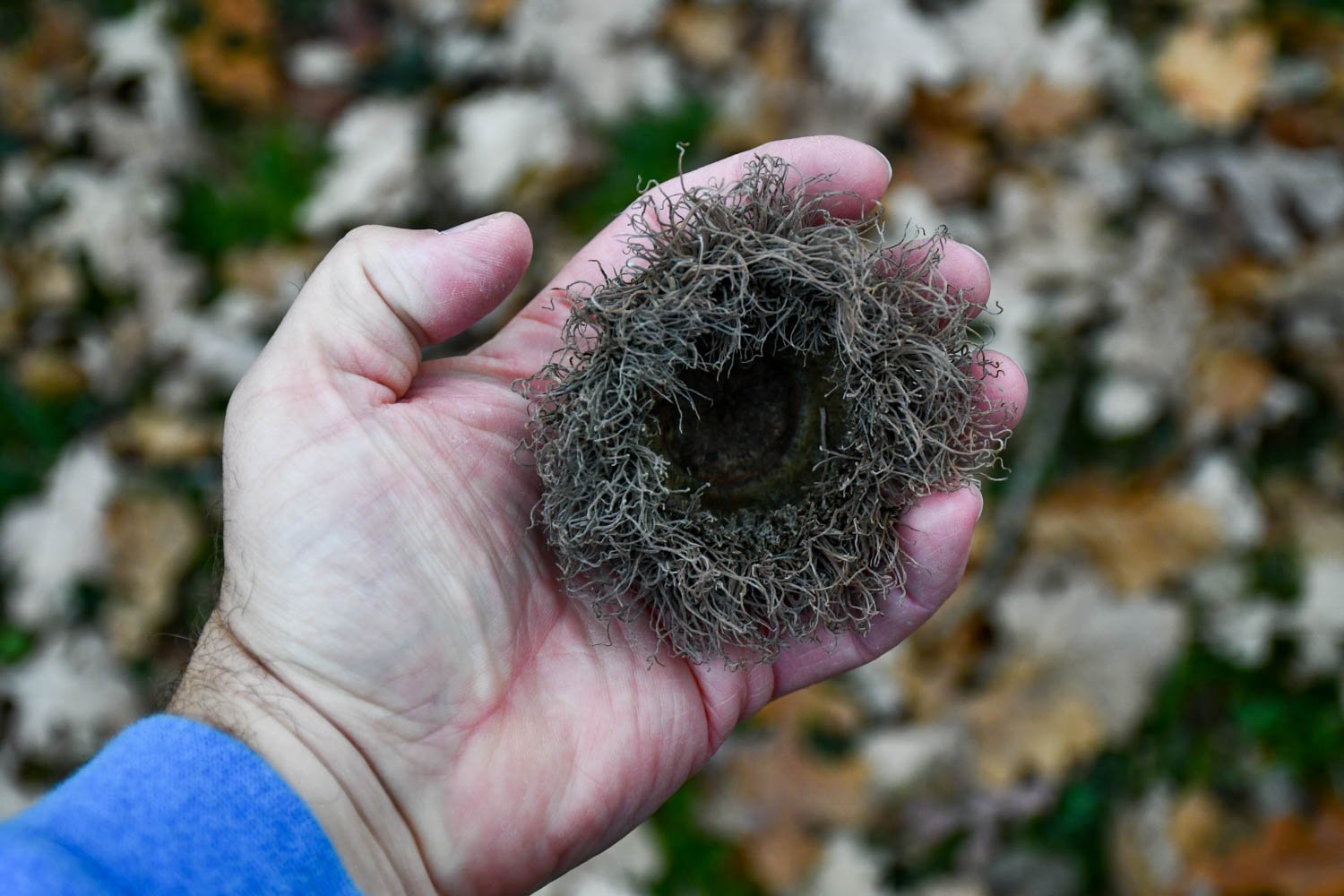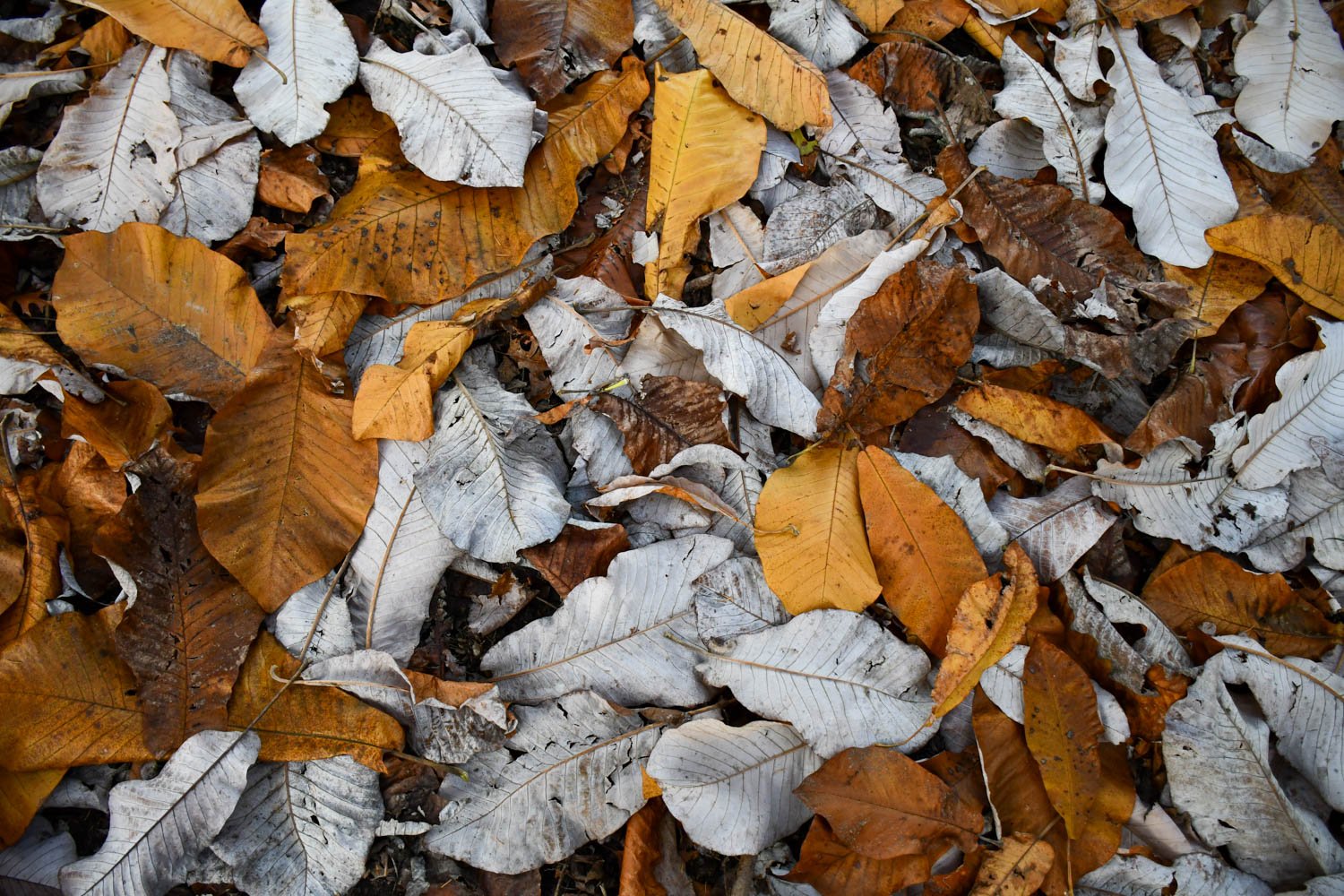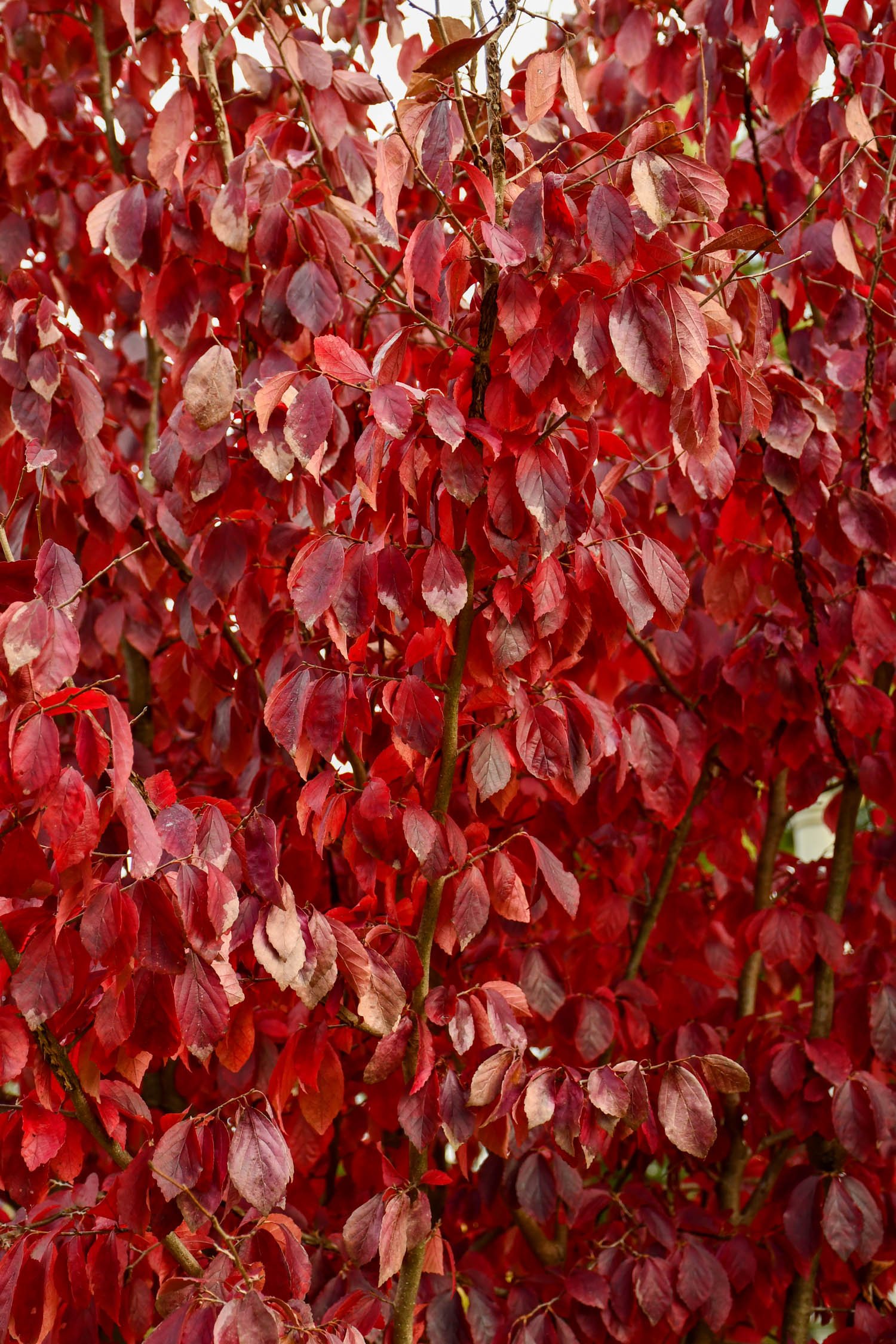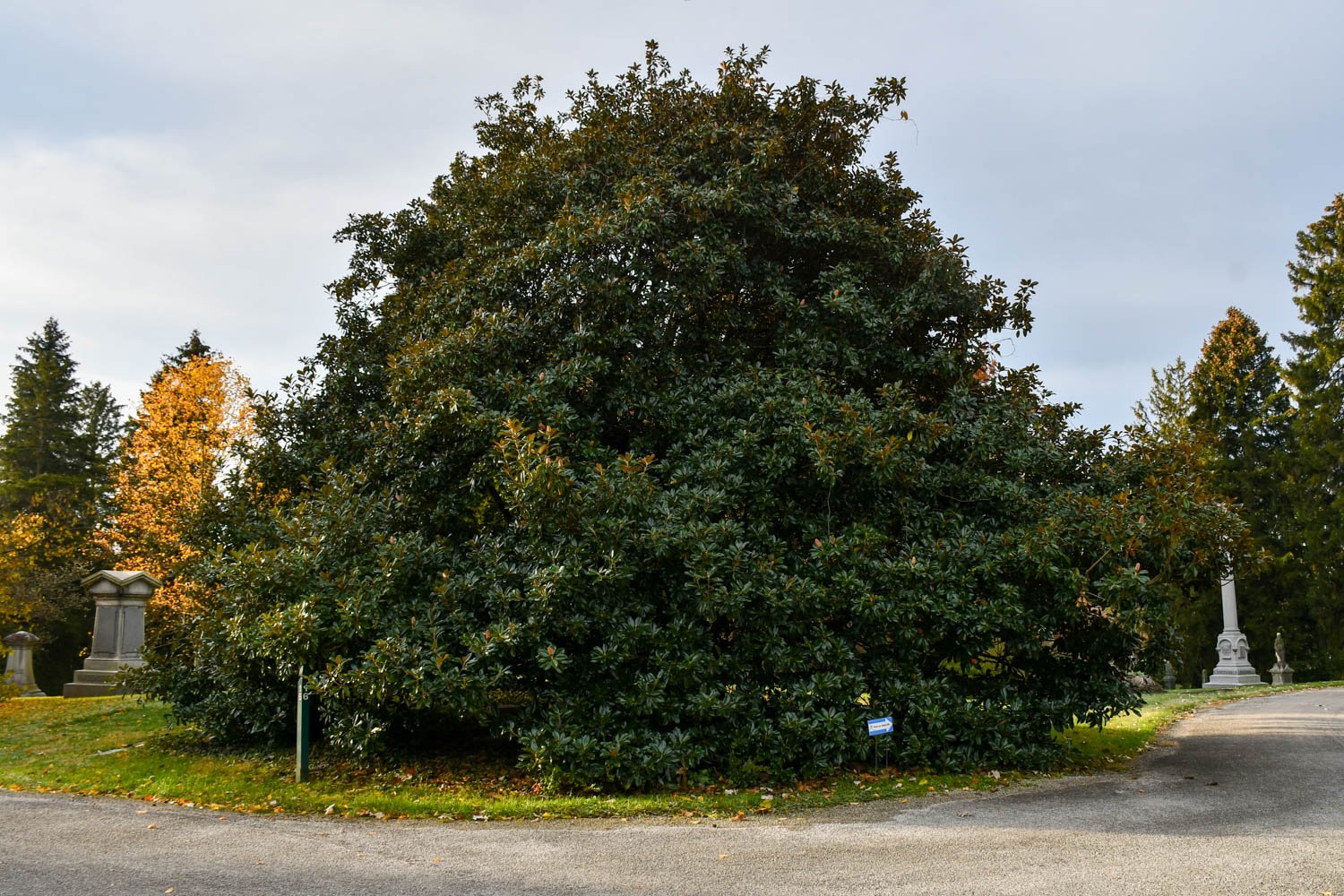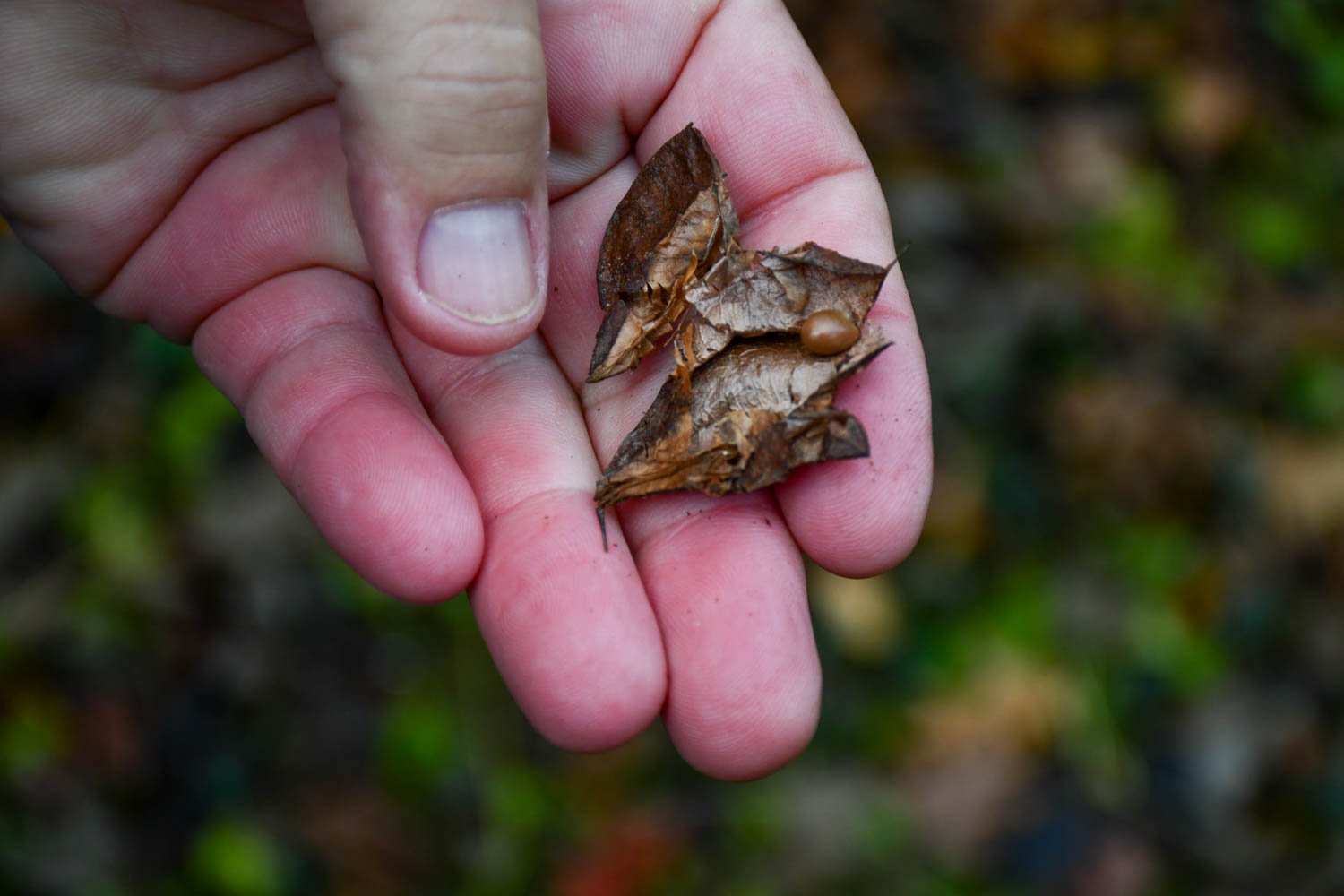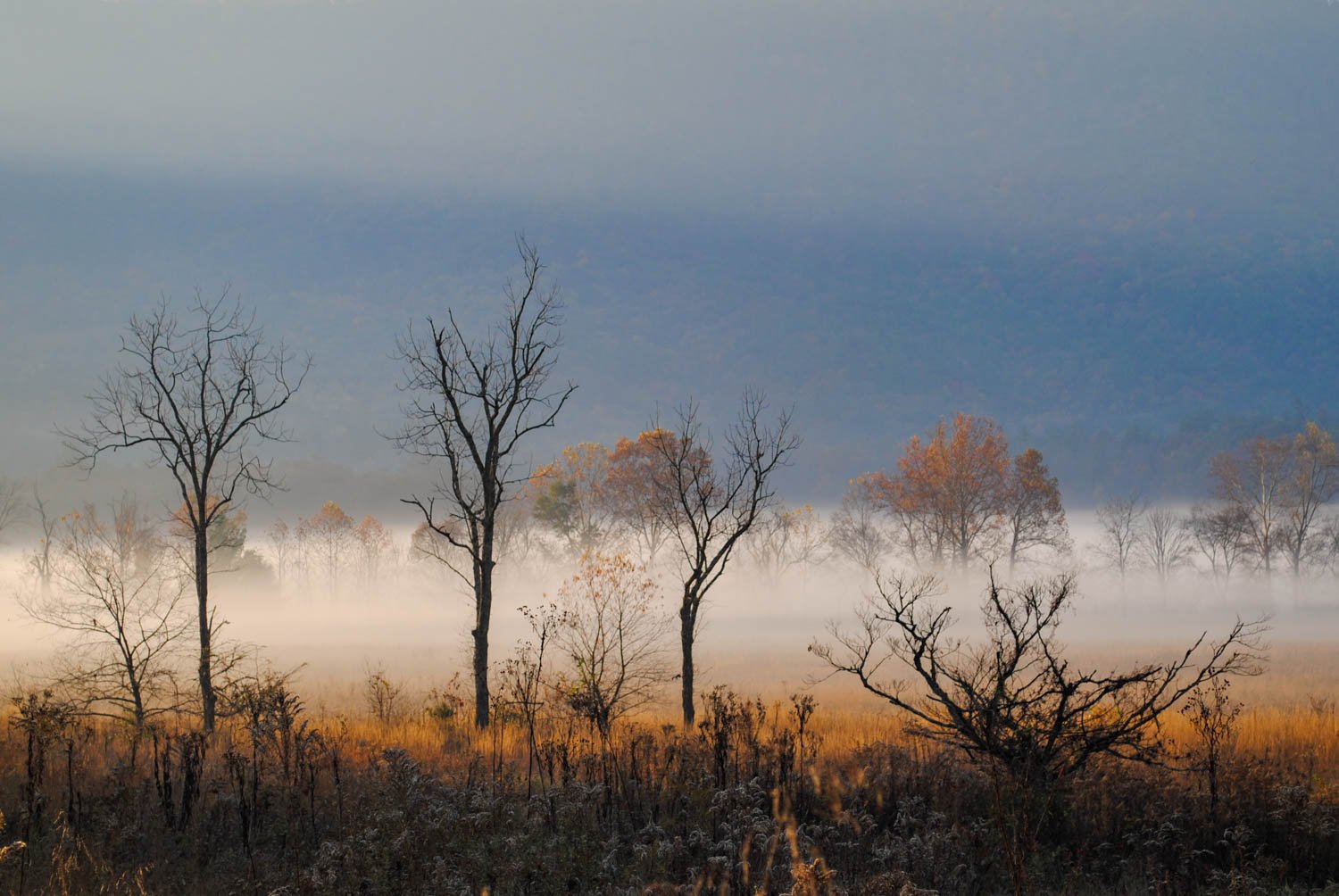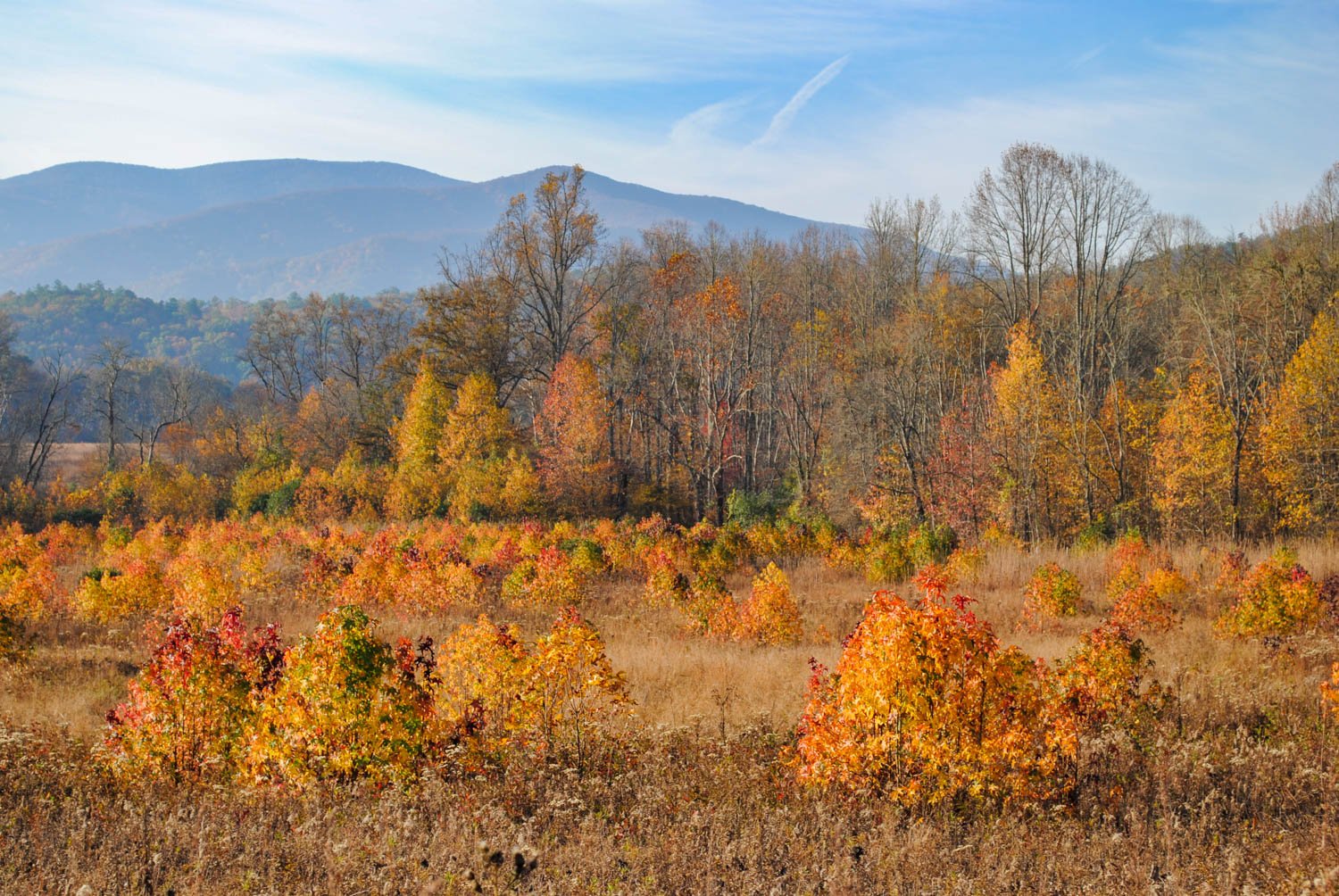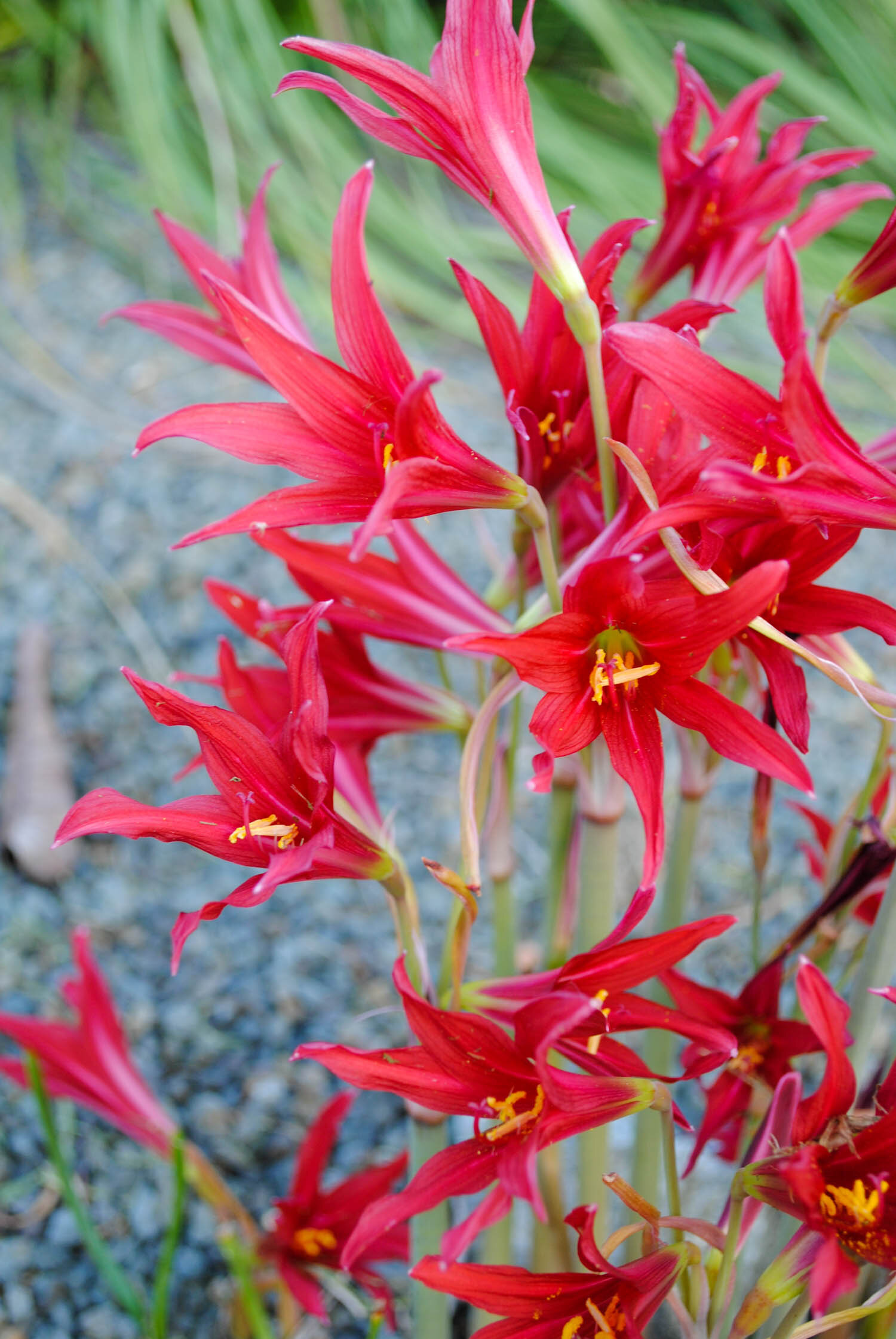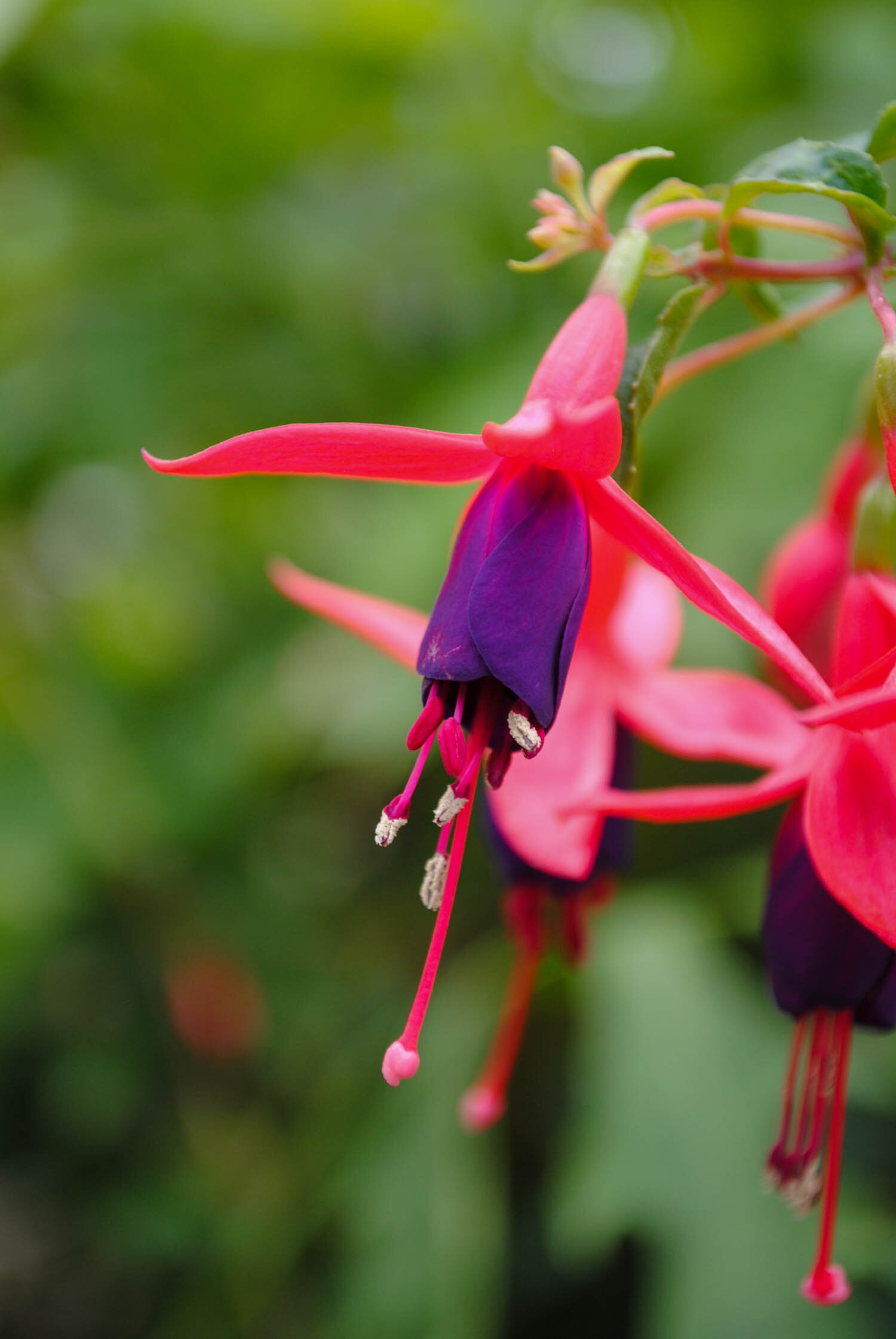Last summer, we visited Philadelphia for the flower show. We had a very short trip arranged, which I had packed full to see gardens and other sites of interest that Karen was keen on. But, once there I was highly encouraged to make some time to go see Stoneleigh. It’s a newish botanic garden in Villanova that was given to Natural Lands in 2016. I was promised it would be worth our time stopping for a visit.
So, we carved out 45 minutes after lunch to see the grounds. And, I am so glad we did. They are doing amazing things with native plants. As the website says, Stoneleigh focuses on native plants but with a twist. Walking through had a different feel than most gardens that focus on endemics. It was natives, elevated, with unique selections of great plants around every corner.
I also count myself fortunate to be able to visit. This conservation easement was once at risk of being gobbled up by a school to make new ballfields and new buildings. However, the community rallied together with a vigorous campaign, and with help from the state legislature, Stoneleigh was saved.
I kept my eye out for the unusual and I was rewarded during our short visit. In this post, I wanted to share some of the incredible plants I encountered, many of them variants on the natives we know and love. A huge thanks to Ethan Kauffman for helping me identify the plants I couldn’t in the following photos. And, the next time you visit the Philly area, be sure to visit; this gem is a garden is going to make this brimming heart of horticulture even better.
The parking lot at Stoneleigh evoked this wildness. In the middle was a bioswale where natives like Packera aurea were planted, and on the end cap, two yellow foliage Gleditsia triacanthos var. inermis ‘Sunburst’ provided a bright spot of color.
Across from the parking lot was the largest planting of Penstemon digitalis I had ever seen. Their white flowers created a pointillistic froth.
Near the garden entrance, it was apparent that natives would be at the forefront of our visit. Here Baptisia ‘Solar Flare’ brightens this edge planting.
I got weak in the knees seeing this magnificent cut-back Acer rubrum ‘Snow Fire’ on the way into the garden. Ethan commented that they prune it like a shrub to keep it short. My mind pondered how could I have this in Texas without it frying.
This mix of Carex socialis, Carex plantaginea, and Carex laxiculmis provided an excellent example of their functionality as a green groundcover.
The matrix of Carex was a great living groundcover for trees and shrubs like this variegated Hamamelis virginiana ‘Green Thumb’.
As we ventured toward the house, we walked along a long winding pathway past a meadow and giant trees. Poa pratensis had been left unmown along either side
Scattered around the edge of the great lawn were towering trees like this Magnolia acuminata. This giant is the 6th largest cucumber magnolia in Pennsylvania.
Tucked into the grass were woody trees like Corylus americana SUNDROPS.
As we approached the house, Eragrostis elliottii ‘Wind Dancer’ served as a matrix for emerging Echinacea pallida and Gaura lindheimeri.
Near the house was a pool that had been filled in to make a patio. The purple Penstemon smallii had sown itself around in the beds for a pop of color.
The pool had been replaced with a flagstone patio that featured circular shaped bog gardens. These gardens contained carnivorous plants like Sarracenia and a plethora of other funky native endemics.
I thought these Helenium brevifolium were cute popping out of the bog plantings.
The main house partially hidden by a giant Platanus featured foundation plantings of natives.
A perspective of the main house from the south side. Columnar Juniperus virginiana ‘Taylor’ and even the spherical Catalpa bignonioides ‘Aurea’ provide a formality to the plantings.
The plantings around the house were rich with diversity in native plants. The front steps were flanked on either side with Styrax americanus in full bloom. It is a wonderful and underused native large shrub to small tree.
A close up of the delicate Styrax americanus flowers
Near the house I began to better understand Stoneleigh’s concept of natives with a twist. We kept seeing these variants of natives I had never encountered like Heliopsis helianthoides var. scabra ‘Sunburst’. Ethan shared with me that the variegation comes true from seed on this cultivar.
Here’s another variegated plant I had never seen before—Physostegia virginiana ‘Variegata’. The leaves have the thinnest sliver of white on the margin.
The house served as a trellis for espaliering Cercis canadensis BLACK PEARL. Also, don’t miss the gray-purple foliage of the Populus deltoides ‘Purple Tower’. It almost blends in with the stone.
Here the house is once again used as a surface for espaliering Hamamelis virginiana ‘Lemon Lime’, a nice speckled leaf form of our native witchhazel.
In a world of exotic roses, I always keep my eye out for native species. This Rosa virginiana near the house was quite floriferous.
Behind the house was a mixed planting of natives featuring Coreopsis, Itea, Eutrochium (Eupatorium), and more.
A little further down the bed Panicum amarum ‘Dewey Blue’ and Lonicera reticulata ‘Kintzley’s Ghost’ echoed each other’s glaucous blue.
I have long admired Artemisia ludoviciana ‘Valerie Finnis’ for its narrow, silvery foliage. It pops when surrounded by green.
If seeing one variegated Acer rubrum made me weak in the knees, guess how surprised I was to learn there are two variegated cultivars! This one is ‘Vanity’. And, in case you are curious, the wine-colored foliage plant on the right is Calycanthus floridus var. purpureus 'Burgundy Spice'.
A close up of Acer rubrum ‘Vanity’. Don’t you love that splashed foliage and red tips?
Yet another eclectic mix of natives on the north side of the house. Acer negundo ‘Kelly’s Gold’ is espaliered against the wall while the the bold golden foliage of Silphium perfoliatum ‘The Holy Grail’ pops against the small starry blue flowers of Amsonia ludoviciana on the right of the image.
One of the most impressive trees I saw at Stoneleigh was this fabulous specimen of Nyssa sylvatica ‘Sheri’s Cloud’. The foliage was so clean with the slightest hints of amber on the tips.
I love Kentucky yellowwood, and I was delighted to discover this weeping form Cladrastis kentukea ‘White Rain’. It has to be spectacular in full bloom.
I love the color echoes here. The chairs on the main deck matched the Callirhoe involucrata blooming behind in a mix of Opuntia, and the golden flowers of Oenothera fruticosa complimented the Ptelea trifoliata ‘Aurea’ in the distance.








